In the mood for a bit of comedy mixed with drama and romance? Looking forward to questions about the identity of Santa Claus, Father Christmas, Sinterklaas or Kris Kringle? George Seaton wrote the screenplay and directed the movie Miracle on 34th Street (1947), which initially was released with the title The Big Heart in the United Kingdom.

The movie itself begins with the Thanksgiving Day parade in New York City, New York as sponsored by the Macy’s department store chain. We see the character Kris Kringle, as portrayed by Edmund Gwenn, addressing the man do play Santa Claus in the parade being noticeably inebriated. With evidence of the inebriation readily apparent and presented to the parade manager, Doris Walker as portrayed by Maureen O’Hara, Kringle steps in for the fired Santa Claus in the parade. Kringle would be hired by the Macy‘s store along the parade route to portray Santa Claus in the department store through the Christmas season.

Doris’ daughter, Susan Walker as portrayed by Natalie Wood, has been watching the parade from the family’s Manhattan apartment. Among many things, we learn that Susan is much like her divorced mother, with doubts about the value or legitimacy of Santa Claus. We learn that the girl, approximately nine years of age, is quite serious about the world and sees things in a logical fashion like her mother. We further learn that Susan has taken a liking to Fred Gailey, an attorney portrayed by John Payne who has taken a liking to Susan and Doris. The possibility of a budding romance begins simultaneously to the matter of one Kris Kringle.

The matter of Kris Kringle begins with clear evidence of an eccentricity and good nature that strikes some in the wrong way. Kringle drew attention to himself in a pair of ways, one being a kerfuffle among department stores including Gimbels, Macy‘s and some others by sending families to other stores for toys. This drew Kringle‘s attention to Doris Walker and other, which only became worse when Kringle defied Doris’ wishes in aiming to convince Susan Walker that Santa Claus was legitimate, benevolent and worthy of belief. That Susan witnessed Kris speaking Dutch to a girl as Santa Claus didn’t help Doris’ case. A psychological interaction with Granville Sawyer, as portrayed by Porter Hall, follows that leads to a further kerfuffle about whether to terminate Kringle.
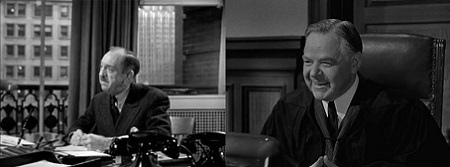
Kringle later becomes aware that Sawyer had been overstepping his professional boundaries with a young Macy‘s employee named Alfred, as portrayed by Alvin Greenman, and confronts Sawyer about this. A hearing follows to adjudicate whether Kringle should be committed to a psychiatric institution. Judge Henry X. Harper, as portrayed by Gene Lockhart, oversees the hearing, with District Attorney Thomas Mara petitioning for Kringle’s commitment. Jerome Cowan portrayed Mara as Robert Hyatt portrayed Thomas Mara Jr., the attorney’s son, on behalf of Kringle. Fred Gailey, the gentleman petitioner for the hearts of Doris Walker and her daughter Susan, defends Kris Kringle.

There are many storylines within the positive feelings explored by Miracle on 34th Street that can qualify as “the miracle” of the movie. It serves as a fruitful exploration to decide what the front and central miracle among miracles turns out to be, for there is a decisive center to the action in guiding the viewer in making the decision. The movie did not try to be too much in presenting a wholesome, family friendly message in support of belief in the spirit of myth and the joyous spirit of the holidays. It is with these successes, and the enduring quality of still holding up as an entertaining movie that I give Miracle on 34th Street as directed by George Seaton 4.5-stars on a scale of 1-to-5.
Matt – Wednesday, December 14, 2022



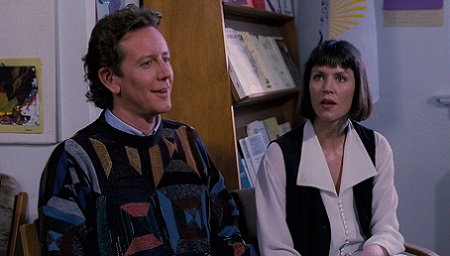
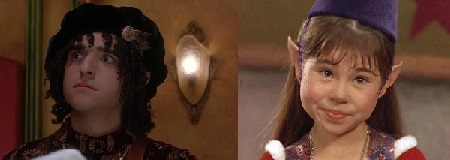
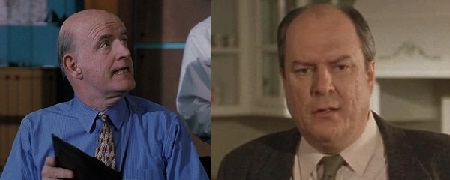
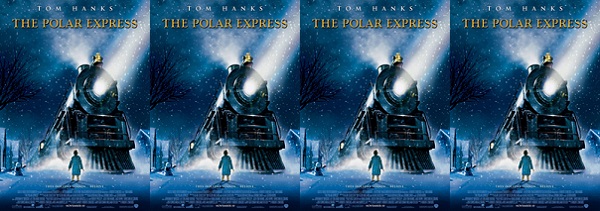
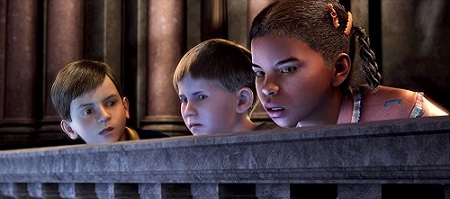
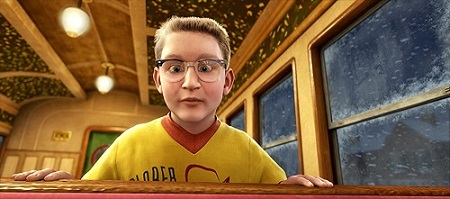
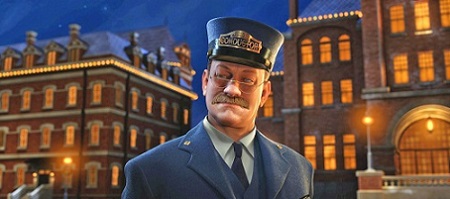
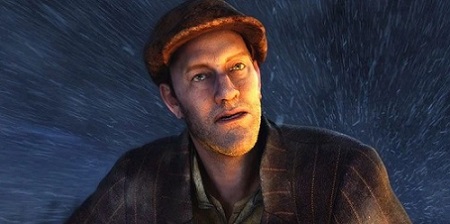
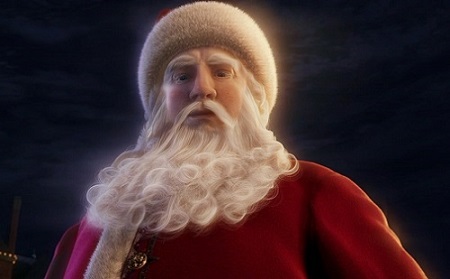
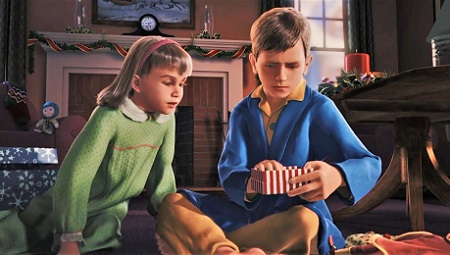

 (Album cover for When My Heart Finds Christmas by Harry Connick Jr.).
(Album cover for When My Heart Finds Christmas by Harry Connick Jr.). (Vocalist and piano player Harry Connick Jr., left, with bassist
(Vocalist and piano player Harry Connick Jr., left, with bassist  (From Left, alto saxophonist
(From Left, alto saxophonist  (Guitarist
(Guitarist  (Tenor saxophonist
(Tenor saxophonist